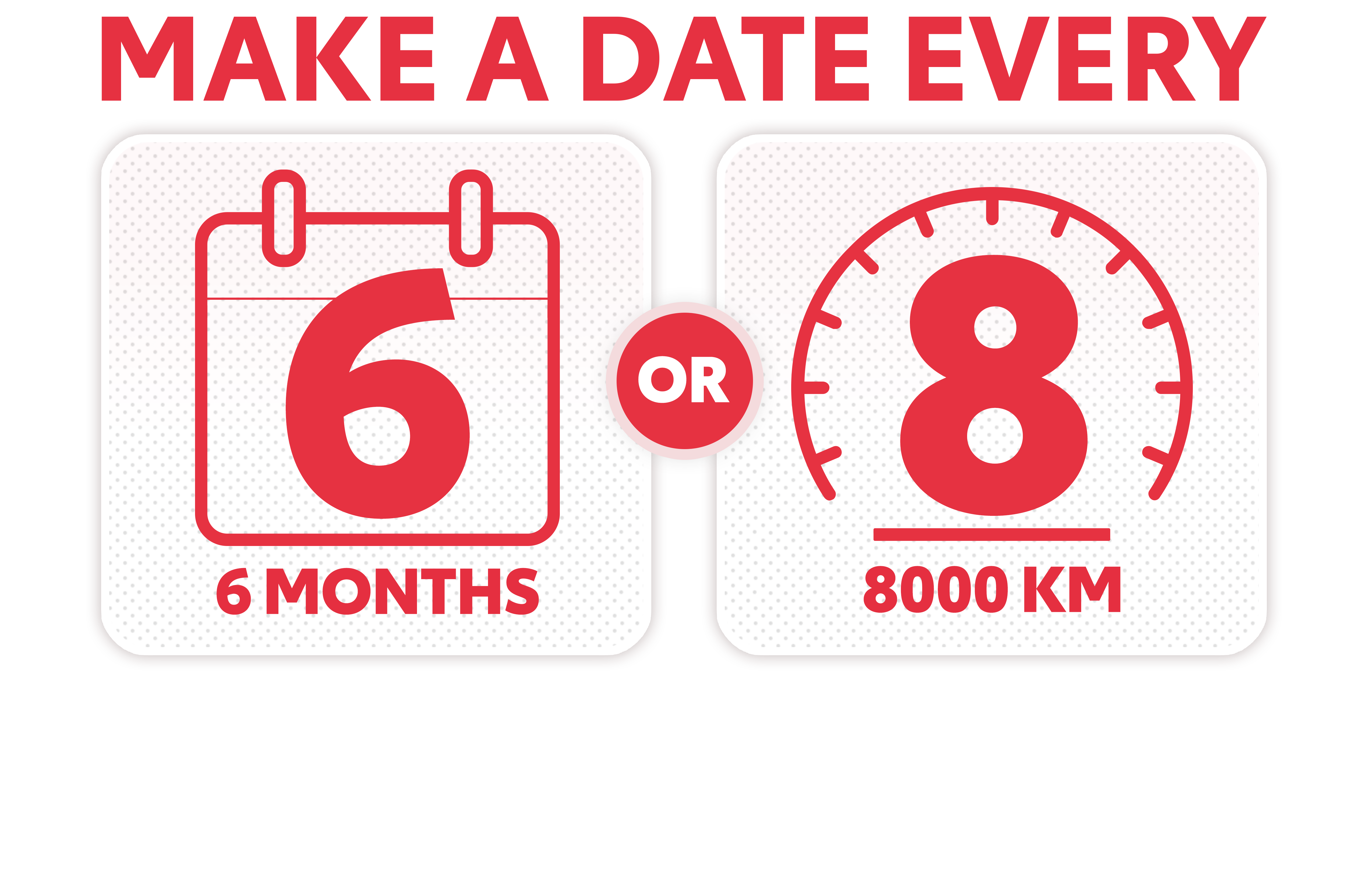The advantages

FAST, POWERFUL AND QUIET
When we say instant power, we also mean instant acceleration. In the absence of a gearbox, driving becomes remarkably fluid. What's more, with electric motors, the driving experience is characterized by remarkable tranquillity.

ELECTRIC RANGE
Today's electric vehicles offer a wider range than you might think. A notable example is Toyota's bZ4X, which offers an estimated range of up to 406 km for front-wheel drive models on a full charge. Thanks to an extensive recharging infrastructure comprising over 5,000 charging points across the country, the process of recharging on the move becomes easily accessible.

EMISSION-FREE DRIVING
Opting for an all-electric vehicle is an effective way of reducing CO2 emissions, helping to lessen our impact on the environment and reduce greenhouse gases.

SAVE ON FUEL
Electricity is a more economical option than gasoline, and savings can be amplified by recharging during off-peak periods.

LOWER MAINTENANCE COSTS
Oil changes are a thing of the past! Battery-powered electric vehicles, with no gasoline engine or gearbox, have a limited number of mechanical parts. This feature could significantly lower ownership costs, particularly through reduced maintenance costs.

INCENTIVES
The federal government's iZEV program offers a financial incentive of up to $5,000 for the purchase of a zero-emission vehicle.
Visit Transport Canada website to discover more.




